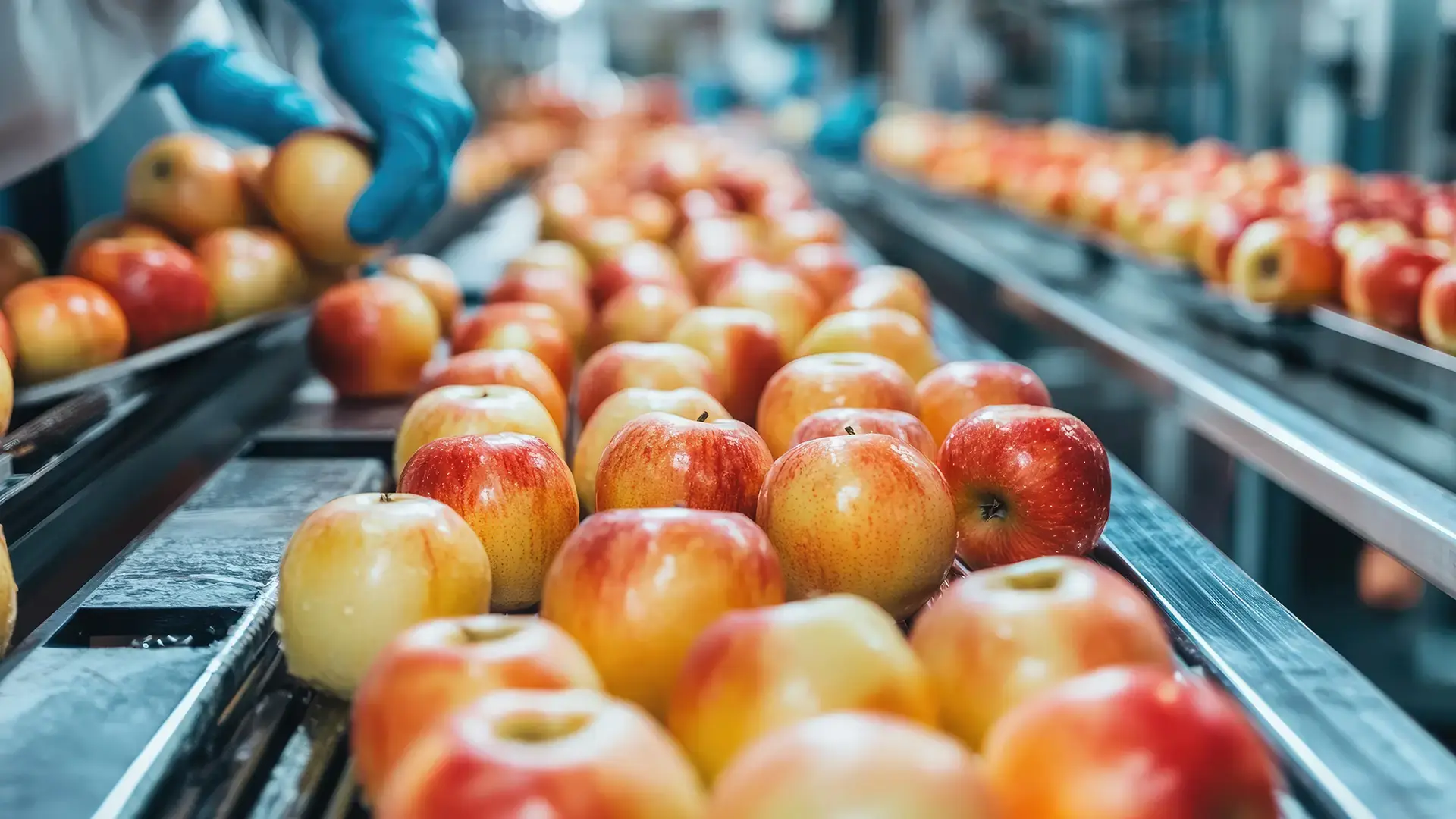With rising environmental concerns, the food service supply chain today faces mounting pressure to strike a delicate balance between controlling costs and implementing sustainable practices. Of course, while cutting costs may provide short-term financial relief, doing so at the expense of sustainability can lead to long-term consequences: strained supplier relationships, increased waste, and even loss of customer trust.
Conversely, overemphasizing sustainability without regard for financial efficiency can drive up operational costs, disrupt budgets, and limit scalability. For this reason, finding the right equilibrium is not only vital for operational resilience but also for delivering consistent value all the way to the consumer’s plate.
The Growing Importance of Supply Chain Optimization in the Food Service Industry
Sustainability has become a crucial standard in the food service industry as concerns over environmental impacts and resource depletion rise. In response, businesses across the supply chain must adapt to regulatory mandates, corporate responsibility goals, and consumer demand for eco-friendly practices.
Not doing so, on the other hand, can lead to wasted resources for suppliers, inefficiencies and higher costs for distributors, and potential reputational damage for end users. In an era of increased transparency, a lack of sustainability can harm trust and brand loyalty, threatening long-term success.
Key Challenges in Balancing Cost and Sustainability
While the benefits of aligning cost efficiency with sustainability are clear, achieving that balance in the food service supply chain isn’t without its challenges. Below are some of the most pressing challenges that frequently lead to global supply chain disruptions:
Rising Raw Material Costs
Organic produce, responsibly raised proteins, and biodegradable materials often come at a premium compared to their conventional counterparts. For suppliers and manufacturers, these increased costs can reduce margins or force difficult pricing decisions, which then cascade down the supply chain.
Managing Waste and Packaging
Sustainable waste management and eco-friendly packaging are critical, yet costly, components of a greener supply chain. Reducing food waste, implementing composting systems, or switching to recyclable or compostable packaging often requires investments in new infrastructure or technology.
Supply Chain Complexity
Food service supply chains are inherently multifaceted, involving multiple stakeholders, temperature-sensitive products, and tight delivery windows. Introducing sustainability goals—such as carbon tracking, local sourcing, or emissions reduction—adds layers of complexity to an already intricate system.
Consumer Expectations vs Profit Margins
Today’s consumers are more environmentally conscious and vocal than ever. They expect brands to deliver transparency, sustainability, and ethical sourcing practices—but often at the same price and speed they’re used to. Meeting these expectations without eroding profit margins is a constant balancing act for businesses.
Sustainable Practices in the Food Service Supply Chain
If you’re not sure where to start with supply chain optimization, these are some food service supply chain strategies that will help get you started:
- Optimize Transportation Routes: Use logistics software to reduce fuel consumption, delivery times, and carbon emissions through smarter route planning.
- Utilize Sustainable Sourcing Strategies: Partner with nearby producers to cut transportation costs, reduce environmental impact, and support regional economies.
- Invest in Energy-Efficient Equipment: Upgrade to energy-saving appliances and data automation in manufacturing and food service operations to lower utility costs and reduce environmental footprint.
- Adopt Lean Inventory Management: Implement systems to reduce overordering, spoilage, and waste while maintaining product availability and quality.
- Use Recyclable or Compostable Packaging Solutions: Transition to eco-friendly materials that align with sustainability goals and customer expectations.
- Monitor Waste Tracking and Sustainability Metrics: Utilize data and analytics for waste tracking and to monitor energy usage and emissions.
- Engage in Supplier Collaboration: Work closely with supply partners to align on shared sustainability goals and co-develop cost-effective, greener solutions.
- Leverage Government Incentives and Certifications: Take advantage of rebates, tax credits, and certifications (e.g., Energy Star, LEED) to offset investment costs and build brand credibility.
- Implement Portion Control and Waste Audits: Especially in end-user environments, controlling portion sizes and analyzing waste patterns can reveal opportunities to cut food loss and operational expenses.
Achieve Balance for Optimal Supply Chain Optimization
Balancing cost and sustainability in the food service supply chain is essential for long-term success, resilience, and customer loyalty. While challenges like rising material costs, packaging waste, and evolving consumer expectations can complicate this balance, they’re not insurmountable.
If you’re ready to make strides toward global sustainability and supply chain optimization, we invite you to explore our unique opportunities for training and development, or connect with our procurement strategy consultants for more information.
About AFFLINK, LLC.
As “The Home of the Independent,” AFFLINK connects more than 250 manufacturers of Industrial Packaging, Facility Maintenance, Food Service, Safety, and Office Supply solutions with more than 300 independent distributors. AFFLINK (www.afflink.com) is the critical link, offering clients innovative products - and for distributors - market expertise and improved profitability, all of which is fuelled by leading-edge information technology.





